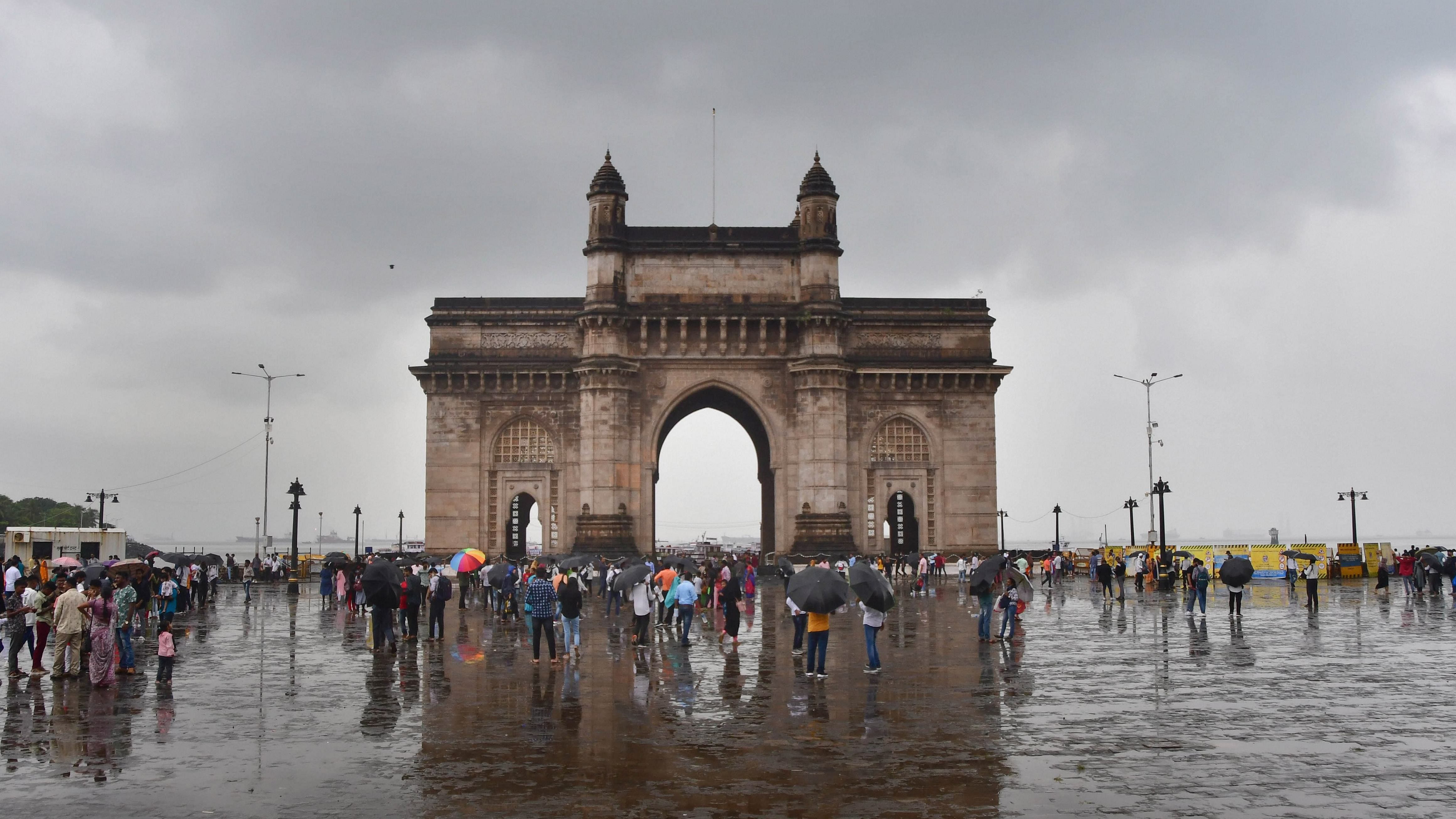
The 2021 southwest monsoon season may end up on the “lower side of the normal” due to a sharp rainfall deficiency seen in August, India Meteorological Department said on Wednesday, admitting its failure to predict the shortfall in Gujarat, Odisha and along the west coast.
The rainfall averaged over the country as a whole in September is most likely to be “above normal”, which means more than 110% of the average September rainfall of 170 mm.
The bountiful September will partially make up for the 9% shortfall in August. But attaining the past forecast of 101% of average rainfall for the entire season is out of the question. The IMD expects a subdued monsoon season where the rainfall might be around 96% of the average.
The downgrading is due to a deficient August that witnessed a shortage of more than 39% in central India, 31% in northwest India and 10% in the southern peninsula. As a result, the August deficiency for the country stood at 24% resulting in a cumulative (June to August) shortfall of 9% for the country despite decent rainfall in June and July.
"We could not pick up the magnitude of deficiency in August particularly in states like Odisha (29% shortfall now) and Gujarat (47%). The forecast was alright till the second week of August, after which it started deviating,” M Mahapatra, IMD director general said at a press conference here. At one point, Odisha had a 55% shortage, but the situation improved.
The southwest monsoon is the lifeblood of India's trillion-dollar economy on the basis of which the country hopes to record good farm productivity to alleviate some of the economic pain caused by the Covid-19 pandemic.
Mahapatra, however, did not rule out the possibility of crop damage in September due to heavy rain but conceded that the IMD could not identify the area where such damage would happen.
The IMD chief cited a number of local and global weather phenomena such as Indian Ocean Dipole (IOD), Madden Julian Oscillation and a lesser number of typhoons in the western Pacific that had a role in lowering the precipitation in India.
The list doesn’t include the dreaded El Nino – the unusal rise of temperature in the Pacific that plays havoc with the weather system around the world.
